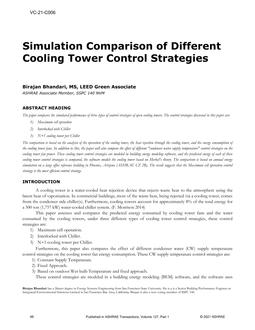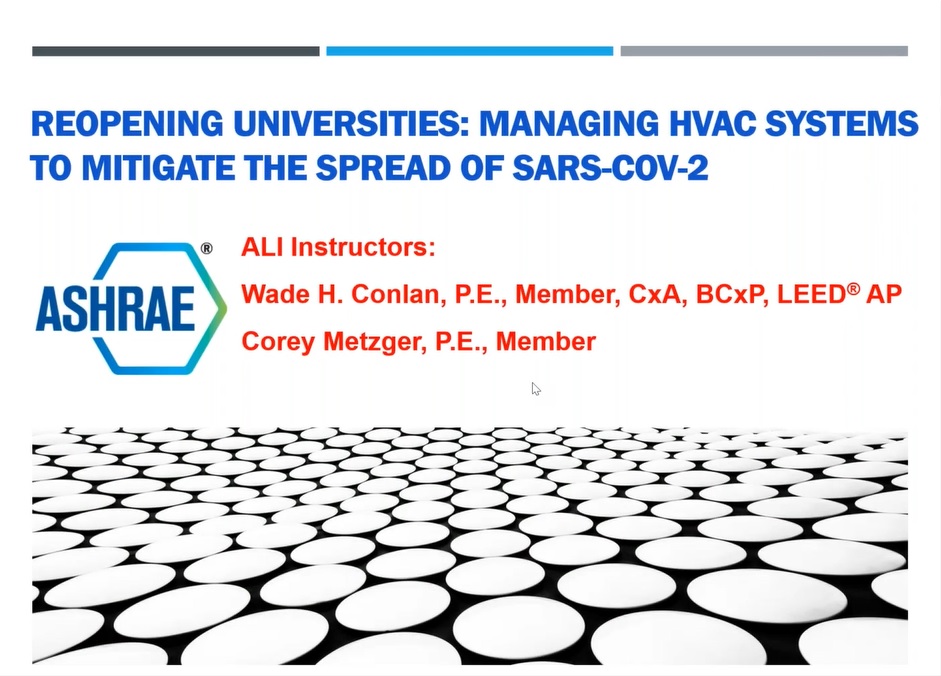Removing smoke at the early stage of a building fire would assist in evacuation. Mechanical smoke extraction systems are commonly installed in larger buildings. In designing such a system, makeup air must be provided to displace the hot smoke. However, air supplied would also provide additional oxygen for combustion. Therefore, it is important to study how air should be supplied.
In this paper, the efficiency of mechanical exhaust in an atrium with different arrangements for air supply will be discussed. Full-scale burning tests on smoke filling and mechanical extraction were conducted in a full-scale burning facility, the PolyU/USTC atrium, with inner dimensions of 22.4 m +-11.9 m +-27.0 m, as a collaborative project between The Hong Kong Polytechnic University (PolyU) and University of Science and Technology of China (USTC). Numerical simulations with a computational fluid dynamics (CFD) package— the fire dynamics simulator (FDS) developed at National Institute of Standards and Technology—were also carried out. The predicted results agreed with experimental measurement from the full-scale burning tests. This study suggested that air inlets should be located at a certain height above the fire (i.e., in the PolyU/USTC atrium with a 1.3 MW fire in the center of the floor, locating the air inlets at 3 to 4 m [9.8 to 13.1 ft] higher than the tip of the flame will be better), and their area should be big enough to lessen the mix of makeup air with the smoke plumes.
Units: Dual
Citation: ASHRAE Transactions, vol. 110, pt. 2
Product Details
- Published:
- 2004
- Number of Pages:
- 7
- File Size:
- 1 file , 730 KB
- Product Code(s):
- D-23217


